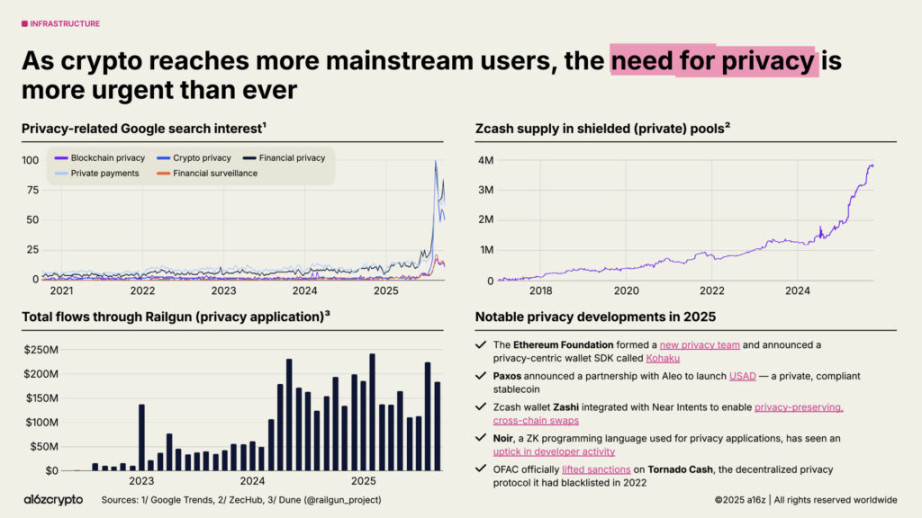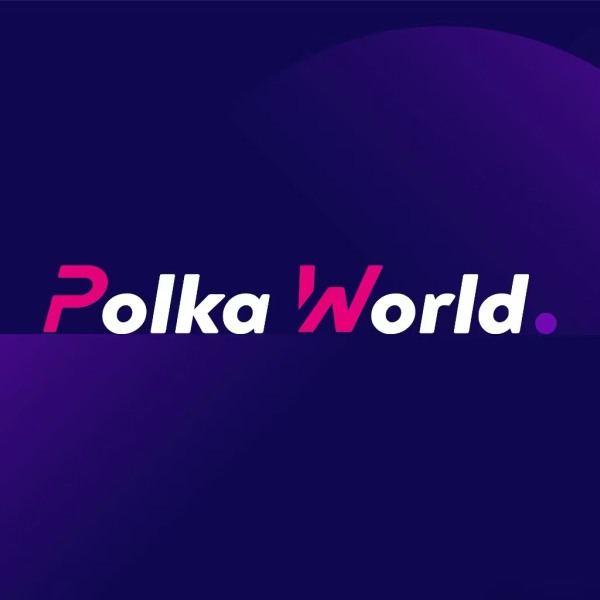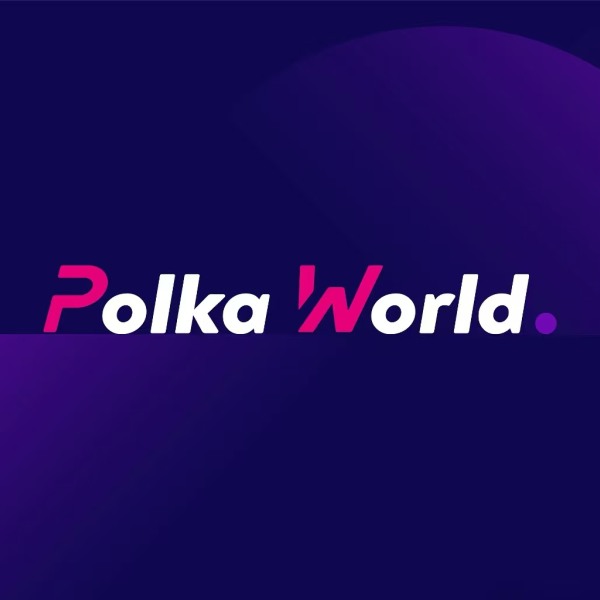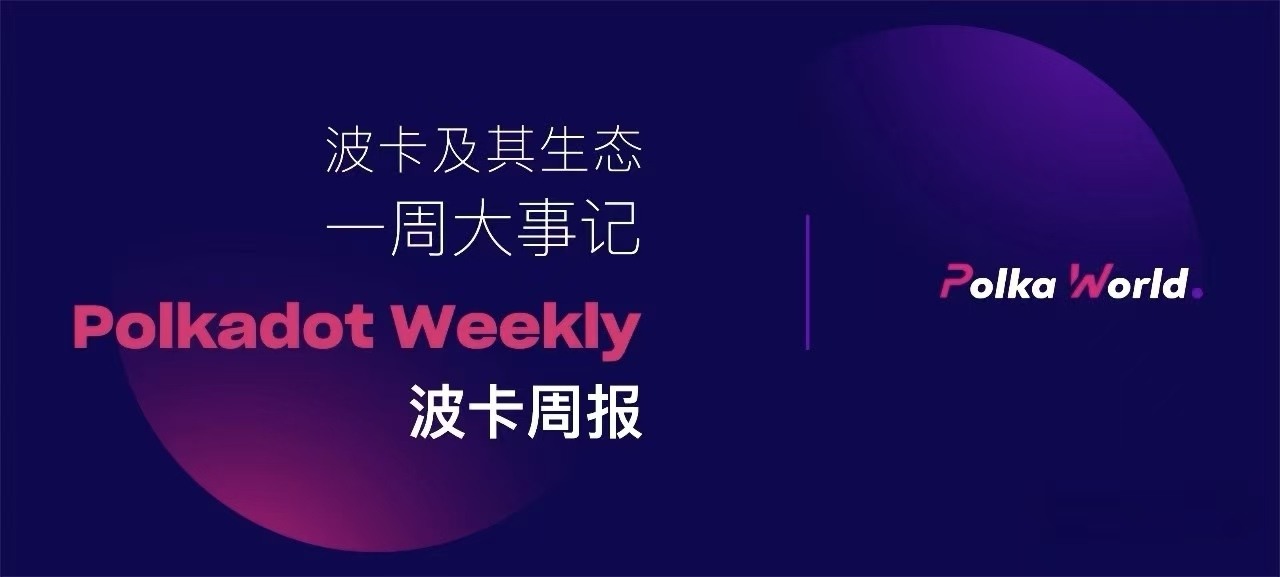What is Seismic, the privacy blockchain that a16z has led two consecutive funding rounds for?
As cryptocurrencies move toward mainstream adoption, the demand for privacy protection is becoming more urgent than ever.
As cryptocurrencies move toward mainstream users, the demand for privacy protection is becoming more urgent than ever before.
Written by: Nicky, Foresight News
With privacy coins such as ZEC recently experiencing a price surge, the privacy sector has once again become a focal point in the market. a16z crypto recently emphasized on social media, "As cryptocurrencies reach more mainstream users, the need for privacy is more pressing than ever."

Against this backdrop, privacy blockchain project Seismic announced the completion of a new $10 million funding round, marking the second time this year that a16z crypto has led investment in the project. The project has completed two rounds of financing, totaling $17 million. In March 2025, it announced a $7 million seed round led by a16z crypto, with participation from Polychain, 1kx, and others. On November 12, it completed another $10 million round, with a16z crypto continuing to lead and new investors such as Amber Group joining in. The funds are mainly used for technology development and ecosystem expansion.
Project Positioning and Technical Features
Seismic is a privacy-protecting blockchain designed specifically for fintech scenarios. The project is built on EVM, allowing developers to use the familiar Solidity language for development, only requiring additional syntax to control privacy settings. This design lowers the learning curve for developers while providing the necessary privacy protection capabilities.
The project's core technical features are reflected in three aspects. Through protocol-level encryption and secure hardware support, Seismic achieves default privacy protection settings. The project adopts Trusted Execution Environment (TEE) technology instead of zero-knowledge proof schemes, requiring all nodes to run within TEE to ensure data security. The system introduces new shielded data types, including shielded integers, booleans, and addresses, enabling developers to conveniently handle private data.
In addition, Seismic Reth, its native execution client, further enhances privacy capabilities: it supports private storage, encrypted transactions, and integrates six new precompiled contracts (such as AES-GCM encryption, ECDH key exchange), making it easy for developers to quickly access privacy features. This client was open-sourced in October 2024 to lower the barrier for developer adoption.

Seismic was founded by Lyron Co Ting Keh, who holds a bachelor's degree in Computer Science and Mathematics from Stanford University. Lyron previously founded an edtech company, developed a Ruby on Rails training platform, and participated in tool development for privacy projects such as Zcash and Aztec.
Core engineer Peter He previously led the development of Ethereum application-specific blockchain frameworks, is skilled in distributed systems and privacy technologies, and is currently responsible for Seismic's technical implementation. Business development lead Terence focuses on driving fintech partnerships, aiming to bring Seismic's privacy capabilities to more financial scenarios. Although the full team has not been publicly disclosed, public profiles indicate that members come from institutions such as Wintermute, Google X, and Apple R&D.

In September this year, the first application built on Seismic, Brookwell, was officially launched. This fintech product, developed by entrepreneurs Ravi and Rohan, aims to allow users to earn DeFi yields while using traditional payment channels.
Brookwell chose to build on Seismic mainly for its privacy protection capabilities. The application handles deeply personal financial transactions such as rent payments and payroll, which are sensitive data not suitable for public visibility on a public blockchain. Through Seismic's privacy protection technology, Brookwell is able to connect cryptocurrencies with traditional financial systems while safeguarding user privacy. The project's official website has now opened Waitlist applications.
Disclaimer: The content of this article solely reflects the author's opinion and does not represent the platform in any capacity. This article is not intended to serve as a reference for making investment decisions.
You may also like
Nvidia earnings day could be awkward? Renowned analyst: Even with strong performance, the market will remain "nervous and uneasy"
On the eve of its earnings report, Nvidia is facing a dilemma: if its performance guidance is too strong, it may trigger concerns about over-investment; if it only raises guidance moderately, it could be seen as slowing growth. In either case, it may lead to market volatility.


Polkadot native stablecoin pUSD is coming! Differences, risks, and unresolved questions compared to HOLLAR!


